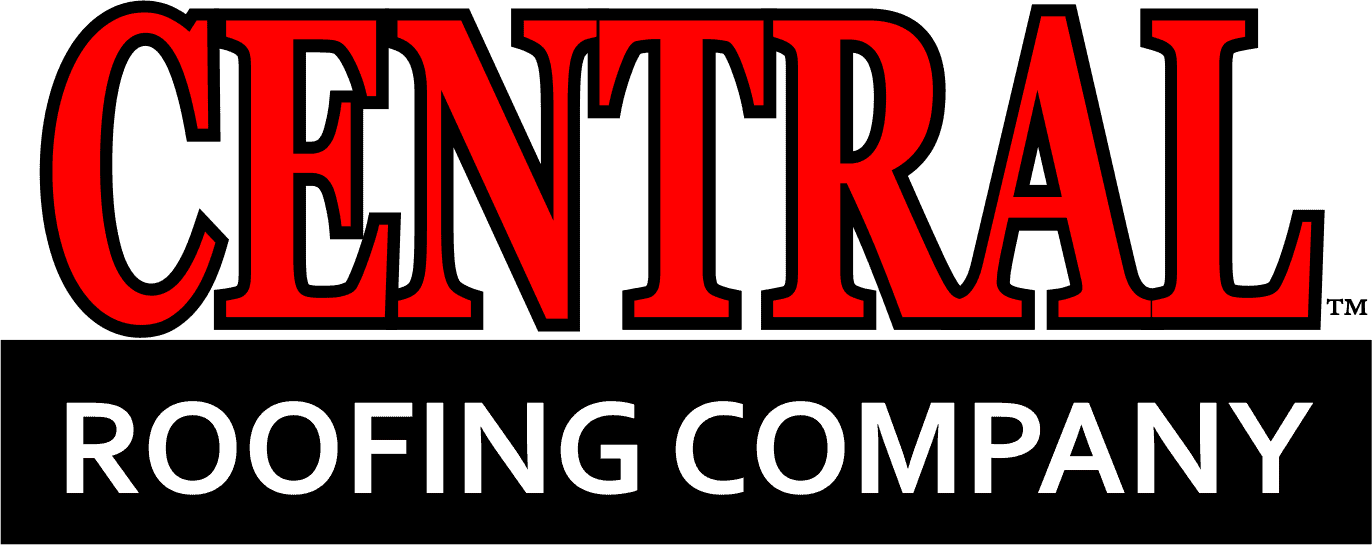Keyword Search Retargeting
- Home
- /
- Keyword Search Retargeting
Track them
while they’re hunting.Reach more searchers, more often, and more effectively with
our industry leading keyword-level search retargeting tactic.
Maximize Your ROI By Keyword Search Retargeting By The AdCoachCustomers research for hours before buying any product or service. Even then, some are hesitant to purchase online, wasting your marketing efforts. But with keyword search retargeting, you can take advantage of these search queries to reinforce your marketing strategy and efforts.
From your websites to social media profiles, we can create custom ads that appear everywhere on the internet. These ads keep your brand top of mind for your target audience and encourage them to hit the “Place Order” button. Search intent retargeting attracts potential customers already interested in your brand and offerings.
The AdCoach’s expert team is here to help you convert your potential buyers into paid customers through intent-driven, custom retargeting ads.
Overview of Search Retargeting
Keyword search retargeting is an effective digital marketing tactic that retargets users based on their previous search behavior. Unlike traditional retargeting, this approach is more advanced because it focuses on users of search engines like Google.
When someone looks out for a specific keyword or topic, Google and other search engines gather data, which businesses offering similar products or services can use to create targeted ads. These ads will be shown to users when they use the Internet, even if they have not visited the seller’s website before.
Search Retargeting can take up the ad engagement level by a whopping 400%
At The AdCoach, we enable our customers to target beyond clicks and maximize their return-on-investment on their online advertising campaigns. We make your retargeting ads highly engaging and clickable so you can convert maximum customers.
Schedule a consultation call with The AdCoach’s team today!
Recency Matters in Search Intent Retargeting: Location, Context, Keywords, and Browsing BehaviorIn marketing, the timing of your outreach—known as recency—can significantly impact its effectiveness. If you owned a pizza delivery service, would you rather advertise to someone identified as a “Pizza Lover” or someone searching for pizza delivery in your ZIP code just moments ago? The latter is likely more valuable because their immediate intent to order pizza is more likely to convert into a sale.
Leveraging Variable Recency
Modern demand-side platforms (DSPs) address the need for precise timing by creating micro-segments based on recent activity. However, these segments can quickly become outdated. By utilizing unstructured data with time stamps, we can target, bid, and optimize ads in real-time, offering variable recency from immediate up to 30 days.
The Range of Recency
Different marketing strategies require different recency ranges. Some marketers target consumers researching a product, while others focus on those ready to purchase or engage in loyalty campaigns post-purchase. The ability to adjust the timing of your ads ensures they reach the right audience at the optimal moment, enhancing the overall effectiveness of your marketing efforts.
Search Retargeting vs. Search RemarketingSearch remarketing is a type of retargeting that is often differentiated in terms of strategy.
On the one hand, search retargeting involves sending relevant ads to users based on their recent search queries, while remarketing involves sending custom messages, particularly through emails, to people who’ve already been converted—paid customers of any business.
In simple words, remarketing focuses on nurturing already-established relationships & brand loyalty via repeat purchases. So, if you already have Skechers shoes, you might receive a promotional email from Skechers about related products or new launches.
If you want to reach the maximum number of new prospects online, consider search intent retargeting. Once you’ve got conversions, you can remarket your offerings through remarketing ads.
The AdCoach’s team can help you get started with search retargeting. Schedule a consultation with us today!

Why Should You Choose Keyword Search RetargetingSearch Intent Retargeting ads are so powerful that just a single campaign can increase conversion rates by up to 161%. Isn’t that amazing? This is the reason why Fortune 500 companies love this marketing strategy. At The AdCoach, we want you to grab this golden opportunity.
Enhanced Brand Awareness
This ad strategy is highly effective for boosting brand awareness. That's why 70% of marketers switch to search intent retargeting from other types of ad campaigns to elevate their brand exposure. Your target audience might not have seen or heard about your brand earlier, so retargeting ads offers an excellent chance to introduce your brand and offerings to them.
Attract More Visitors to Your Website
Of Course, you will want to attract new visitors to your website who haven’t known about your company before otherwise. Through search retargeted ads, it’s possible to reach those people. By focusing on the customer’s search intent, you can draw them to your site effortlessly. These ads offer more visibility and control over the campaign. We will implement keyword-level bidding, reporting, and optimization to understand each targeted keyword's performance clearly.
More Conversions
Next, tailored bidding and messaging based on search recency are possible. This allows you to reach prospects at different stages of their buying journey. This straightforward means that you can target users who are actively researching a product or service for buying, catch them at the moment of purchase, or even time their messaging after a purchase as a loyalty strategy. This range of recency targeting empowers marketers to place the right ad in front of the right person at the right time, ensuring more conversions. The AdCoach can help elevate your company’s retargeting ad revenue. Speak to us today!
Don’t Take Our Word For It.
Here’s What Our Clients Are Saying
I enjoyed working with Don Schulz of The AdCoach. Don did a magnificent job of creating and managing our digital presence and made the process easy and enjoyable. I highly recommend any small business interested in improving their digital presence to consider The AdCoach.
I highly recommend Don Schulz and The AdCoach for ANY online marketing activity.
Don is extremely knowledgeable about ALL aspects of online marketing. In addition, he is always learning, and keeps totally up-to-date on new developments and opportunities.
What is particularly outstanding is the detailed personal attention he provides ALL the time. It is extraordinary and unusual.
AND, Don really cares about his clients and what he is doing for them. He is not just carrying out activities.
Finally, Don does things very promptly. There are not long lead times.
For all these reasons, I think The AdCoach is the best choice for online marketing.
Dorothy Muffett
President
Baywood Home Care
At the flip of a switch, TheAdCoach deployed a 100% market disrupting strategy that repositioned our practice ahead of the pack without incurring any additional ads budget. While our phones were ringing throughout the day again, we sat back and watched our local market competition flounder with the same old ad campaigns. With every additional dollar spent by our local competition, our retargeting and geofencing strategies ensured that our competitions money worked in our favor by placing our ads in front of even more potential clients. The results were so powerful, that our competitors existing client base even began to contact our
practice to ask if we had absorbed their business. Quantifying the exact number of leads that solely converted from this strategy was difficult, but qualifying our total market disruption was nothing short of a remarkable story.
Working with Don and his team at The AdCoach have been easy and successful. We have seen our website traffic and our sales increase. Most importantly for me, our needs are always addressed in a swift manner.
We recognize Don’s skills in digital marketing opportunities, television promotional strategies, general marketing knowledge and leveraging entrepreneurial relationships. It was these skills and the professional experiences which cultivated them and more, that drew our team to approach Don to partner in our business plans. Additionally, we know Don to be a genuine, caring individual. We found him to be team-oriented and a willing mentor. It is our collective opinion that Don would use these skills, experiences and more to further the goals and interests of any business.
Don is great to work with. He puts campaigns together for us quickly, effectively and thoroughly to help us meet our goals
We have been working with Don since 1989 and we could not be happier with our partnership with The AdCoach! They are responsive to our needs and fully understand our business as well as the challenges we face. He consistently brings new ideas as well as advertising tactics we can enable for our business. I would fully recommend The AdCoach for any business looking to keep competitive and up to date with the latest in advertising.
I have a small company that doesn’t have a marketing department. The team at The AdCoach helped me reach new customers along with building the brand. They worked with me personally, met me where I was at and got me where I wanted to be.
Excellent people, customer service and results!
★★★★★ 5/5









